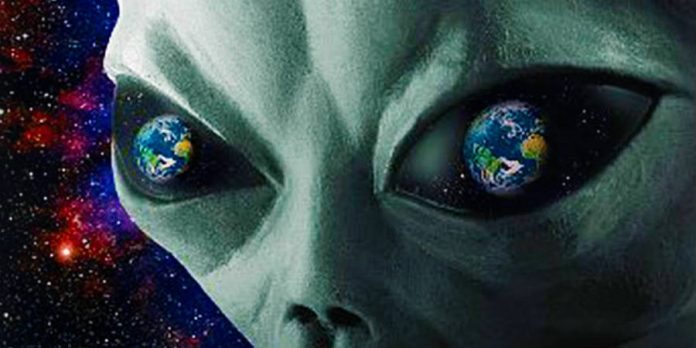
A recent study by scientists at the Harvard-Smithsonian Center for Astrophysics suggests that alien life, assuming it exists, will be far more common throughout the universe in the future. The study was published online in the Journal of Cosmology and Astroparticle Physics.
Researchers involved in the survey said that, although there’s a big chance that extraterrestrials are out there somewhere, it’s possible E.T. and company have never crossed paths with humans simply because there aren’t many.
Fermi’s paradox says humans haven’t found alien life or vice versa due to the billion of galaxies that exist in the universe. But the team led by Harvard astronomy department chair Avi Loeb arrived at the conclusion that maybe life on Earth is, in fact, premature, pointing out that because of this aliens could be as rare as humans and animals are.
The Astrophysics paper hints that future studies should investigate nearby red dwarf stars and its orbiting planets to check their habitability potential. Upcoming space missions like the Transiting Exoplanet Survey Satellite (TESS) in 2017 and the James Webb Space Telescope (JWST) in 2018 should provide more answers.
Alien life will be a common sight in the future
The study also found that life is going to become more likely, and therefore more diverse, in other planets within a billion years, much like in the Star Wars universe for example.
“Is life most liable to emerge at the present cosmic time near a star like the Sun? ” the scientists involved asked themselves.
They calculated what was the formation probability of habitable Earth-like planets throughout the Universe’s history.
https://twitter.com/sshelke024/status/757823913590001664
They discovered that life is most likely to emerge 10 trillion years from now around lower or smaller solar-mass stars than the Sun, with the emergence of life mainly linked to how long the star lives. So basically, higher mass or bigger stars give less time for life to evolve while smaller stars offer plenty of time for beings to develop.
0.1 solar mass stars will burn for 10 trillion years giving life 1,000 more chances to grow in the future than right now. The Sun was already a higher mass star when microbes on Earth were giving its first steps, meaning that either ‘life as we know it’ is premature or low-mass star’s environments are not suited for hosting life.
NASA scientist: ‘Indications’ of alien life by 2025 https://t.co/t7rF7XXO1U via @Hiduth.com #extraterrestrial #alienlife #space #nasa
— Hugepaws (@hiduthofficial) July 28, 2016
NASA says signs of alien life will be found by 2025
It was during a panel discussion that focused on NASA’s efforts to search for habitable worlds and alien life. Recent discoveries suggest that nearly every solar system host planets and many of them could be habitable. The Mars Rover 2020 will search for signs of past life in The Red Planet, while astronauts are expected to land on Mars in the 2030s.
“I think we’re going to have strong indications of life beyond Earth within a decade, and I believe that we’re going to have definitive evidence within 20 to 30 years,” said the space agency’s chief scientist Ellen Stofan said in April 2015.
Source: International Business Times UK










